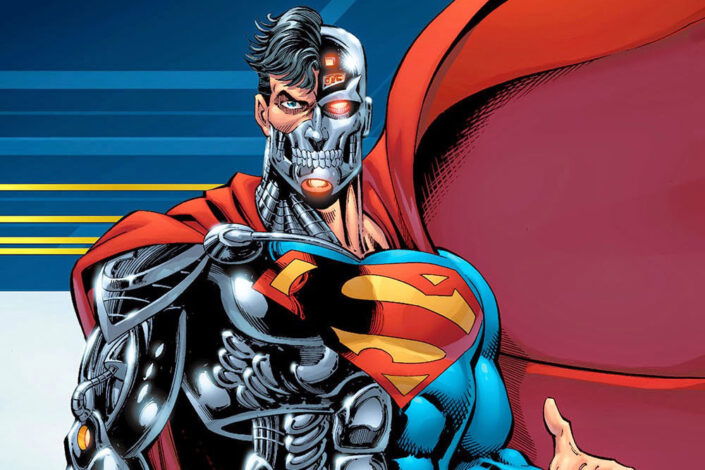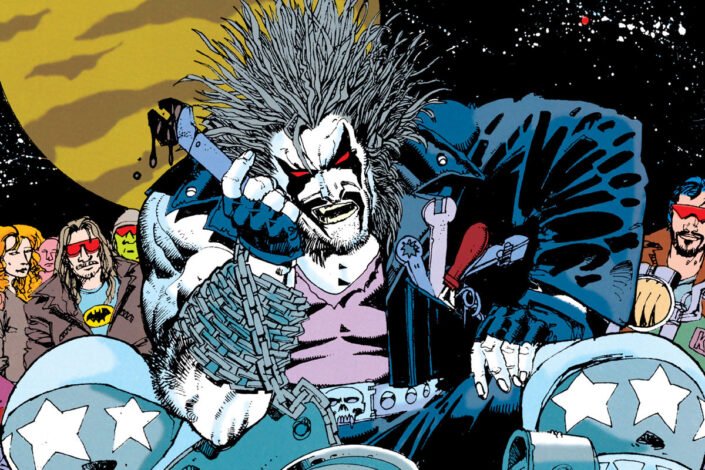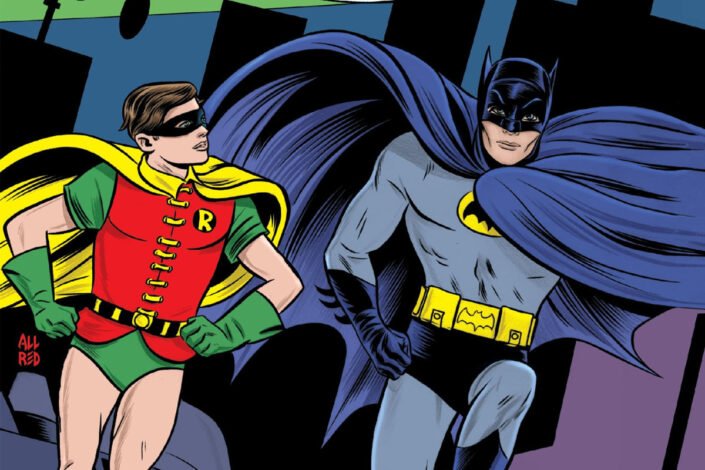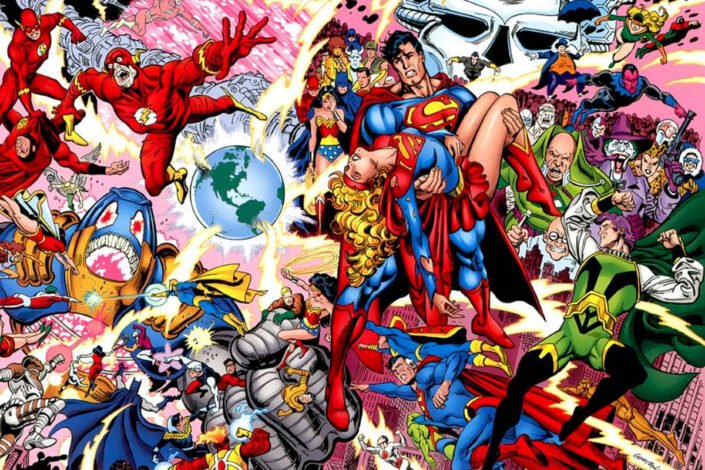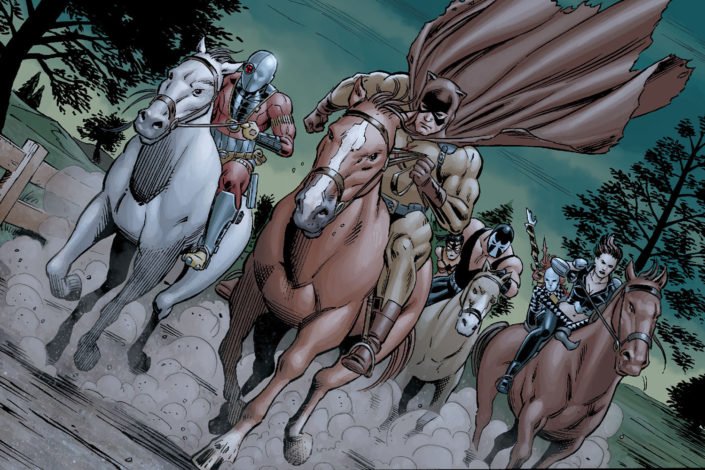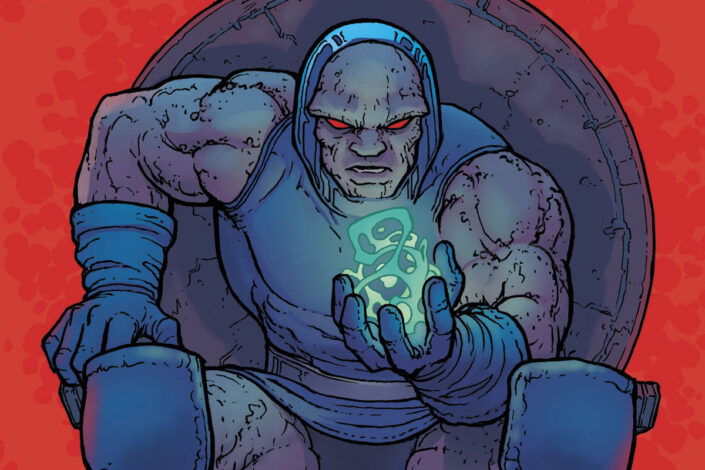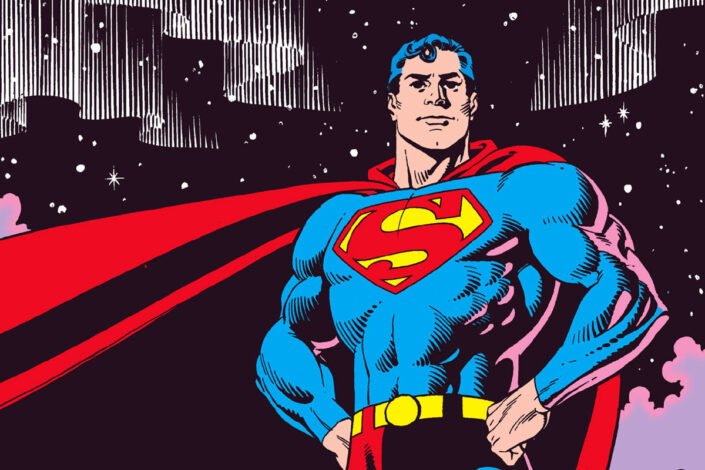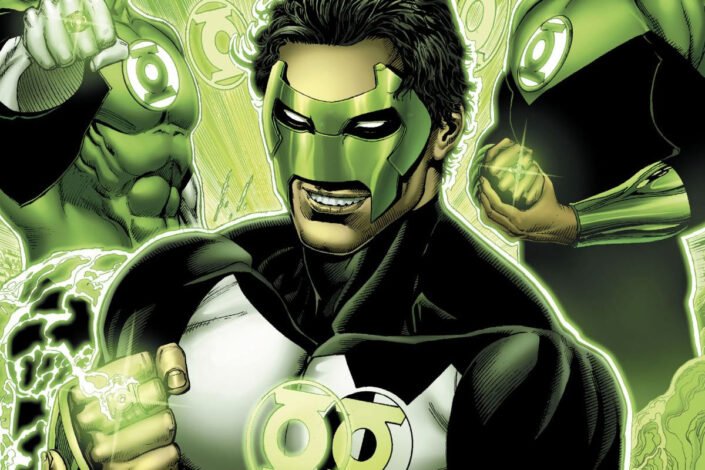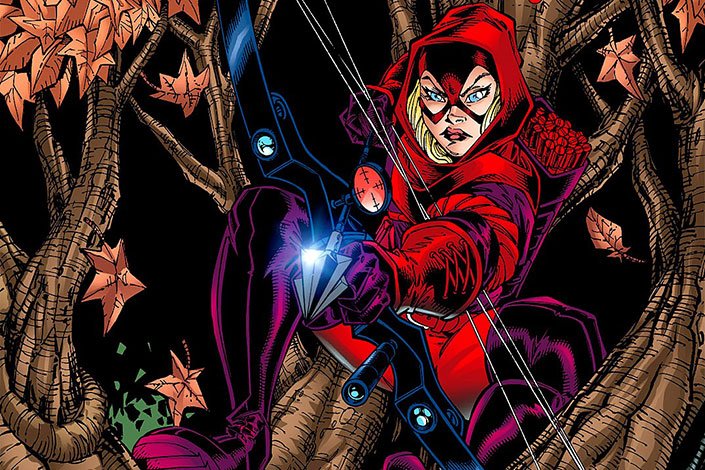Who is Ra’s al Ghul, Batman’s Nemesis?
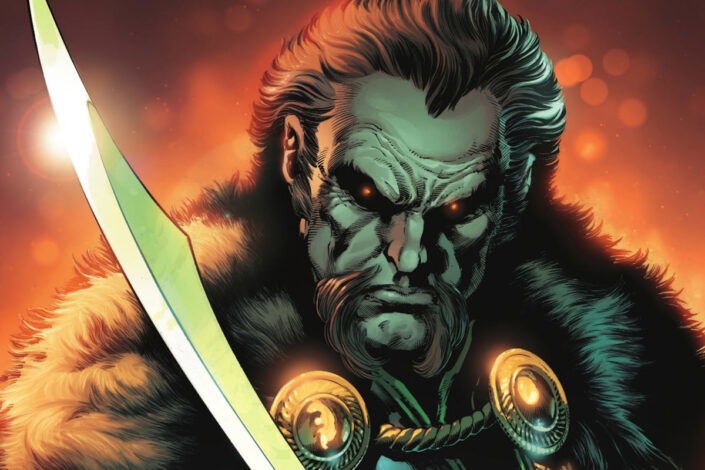
The Joker may be considered by most as the ultimate enemy of Batman, but he certainly is not the only deadly threat in the Dark Knight’s rogues gallery. One that also stands apart among other DC Comics supervillains is Ra’s al Ghul.
Ra’s al Ghul’s First Apparition
Created by writer Dennis O’Neil and artist Neal Adams in the story “Daughter of the Demon” (Batman #232, 1971), Ra’s al Ghul was named by DC editor Julius Schwartz–in Arabic, the name means “the Head of the Demon.” If we are to believe Talia al Ghul, Ra’s chose this name himself, it was not given to him.
Ra’s al Ghul first entered Batman’s world after his daughter Talia, whom Batman had recently rescued from the League of Assassins, was kidnapped. He appeared suddenly in the Batcave to reveal to the Detective that the people responsible are the same as the ones who just took Robin (Dick Grayson). Once the shock passes, the two team up to go on a series of adventures, following the criminal to the other side of the world.
